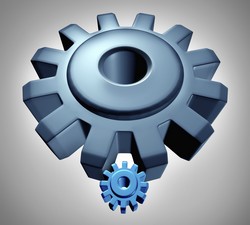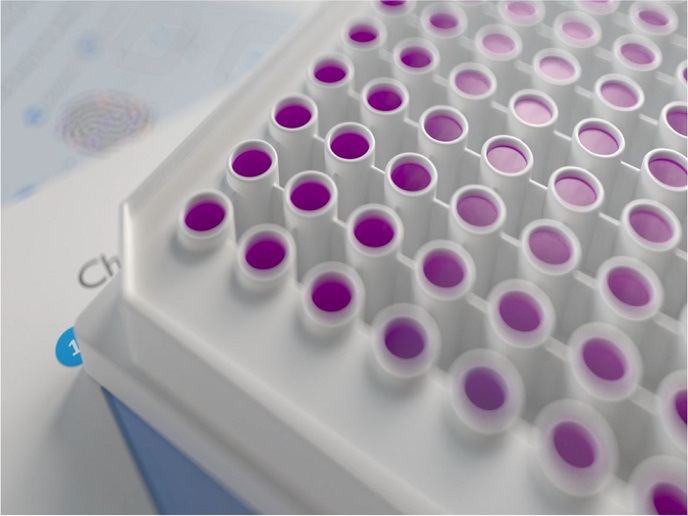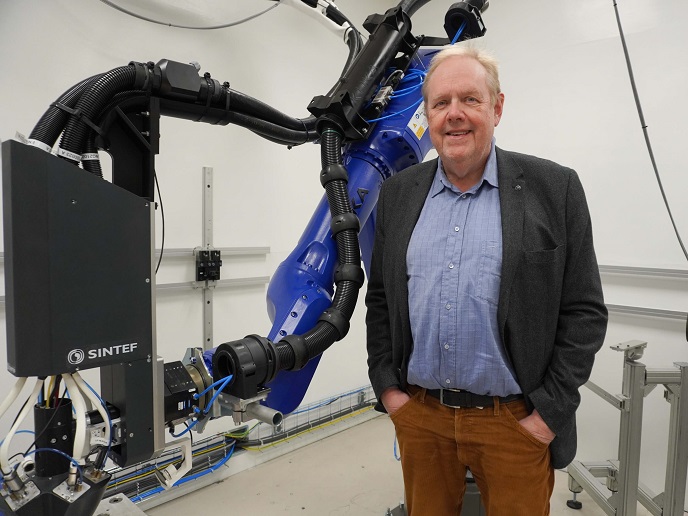Smart electronic devices on plastics
The concept of 3D moulded interconnected devices has been around since the 1980s. However, although the technology promises major benefits compared to conventional printed circuit boards, a number of issues have proven obstacles to commercialisation. As the technology comes of age, advances could meet the challenges of complex and costly technology requirements. Annual market growth has been steady at about 20 % for several years and European scientists planned a strong presence with the project 3D-HIPMAS(opens in new window) (Pilot factory for 3D high precision MID assemblies). The team used new materials and techniques to integrate electronic circuitry on plastic products. They estimate that the technology can save up to 50 % of current production costs. Fabrication relied on selective plating processes on plastics based on laser direct structuring. A laser beam 'draws' a circuit on the surface of a part moulded with a plastic containing a laser-sensitive additive. The surface of the activated plastic is then plated with metal layers similar to those used in printed circuit board technology. Another technology making the estimated savings possible is the new assembly technology that builds 3D pieces more accurately, creating less waste from defective parts. New monitoring and inspection allows fast and cost-efficient quality control during manufacturing. A newly developed futuristic pilot line showcased project solutions. Partners successfully developed four demonstrator products to test the pilot line and show how technology works. These include a miniaturised fuel cell, a more sophisticated hearing aid, an advanced 3D micro switch and a miniaturised pressure sensor. Project advances are enabling new miniaturised electronic devices that were not previously possible. Making metal lines smaller on 3D plastic products enables the placement of more components in the device, spurring the trend towards miniaturisation. Helping companies produce new products at lower cost should help increase European competitiveness over low-wage countries.







